21 days to go for zkSync 2.0's March to Mainnet!
zkSync 1.0 is a non EVM-compatible layer 2 for Ethereum. This means it has Visa-level transaction throughput (2k TPS), better security, and is more efficient and reliable due to the "zero-knowledge" aspect of confirming transactions. However, one enormous drawback is the lack of EVM-compatibility (more on this later).
ZK-Rollups and Optimistic Rollups
ZK-Rollups main competitors are Optimistic rollups (not to be confused with the Layer 2 Optimism). They rely on a literal "optimistic" scenario, assuming that all transactions inside a rolled-up L1 block are valid and correct.
The benefit of Optimistic rollups is that they are quick because the network, assuming all transactions are valid, does not have to waste time confirming them. However, this is also negative due to the fact that it is less secure.
But this is where ZK-Rollups come in. They rely on basic math, allowing the network to confirm a transaction's validity in an efficient form. This feature allows them to be more secure than Optimistic rollups, and more user-friendly due to the fact that they take about 10 minutes to withdraw from due to using validity proofs, a cryptographic hash to prove the correctness of the balance changes to Ethereum's end-state.
On the other hand, Optimistic rollups take a week due to "fraud-proofs", which allow anyone to challenge the withdrawal process (hence the long delay).
No EVM Compatibility
One problem with zkSync 1.0 is that there is no Ethereum Virtual Machine compatibility. It's a standard within many blockchains that allow smart contracts to be written in Solidity, one of the most-used contract languages across all blockchains. EVM-compatibility is a feature Optimistic rollups can use because the only difference between an Optimistic rollup and Ethereum L1 is a sequencer that bundles transactions and sends them off to L1. This is another security flaw that ZK-Rollups solve, because the sequencer acts as one single validator, making Optimistic rollups centralized.
But zkSync 2.0 solves this, being the first zkEVM network giving way to more secure, gas-efficient (on L1 and L2), and cheaper transactions. The amount of gas needed in blocks will be heavily reduced compared to Optimistic rollups and L1, allowing blocks to have more room for other transactions completed on L1.
Conclusion
So there you have it! zkSync 2.0 could very well be one of the best Ethereum L2's once it arrives, with competitors such as Polygon Hermez 2.0 not releasing for potentially a year or two.
TL;DR: zkSync 2.0, releasing on October 29th, will allow for lower transaction fees, more security, and more efficient-blocks.
More info here:
https://v2-docs.zksync.io/dev/fundamentals/zkSync.html#introduction
https://ethereum.org/en/developers/docs/scaling/zk-rollups/
https://www.coindesk.com/learn/what-are-rollups-zk-rollups-and-optimistic-rollups-explained/
[link] [comments]

You can get bonuses upto $100 FREE BONUS when you:
💰 Install these recommended apps:
💲 SocialGood - 100% Crypto Back on Everyday Shopping
💲 xPortal - The DeFi For The Next Billion
💲 CryptoTab Browser - Lightweight, fast, and ready to mine!
💰 Register on these recommended exchanges:
🟡 Binance🟡 Bitfinex🟡 Bitmart🟡 Bittrex🟡 Bitget
🟡 CoinEx🟡 Crypto.com🟡 Gate.io🟡 Huobi🟡 Kucoin.
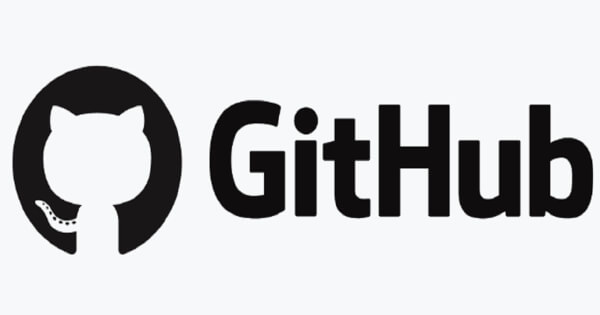


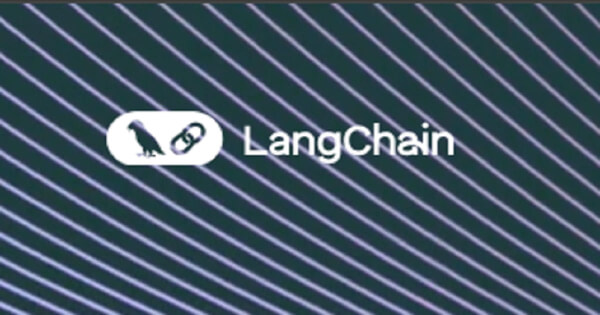

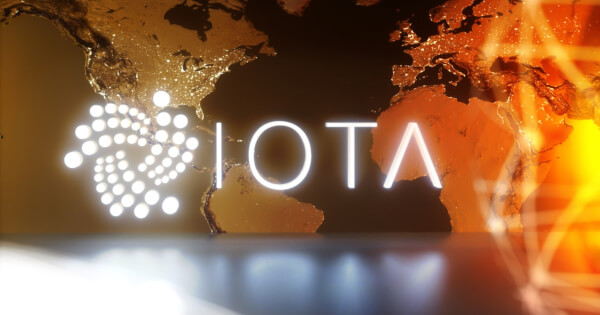
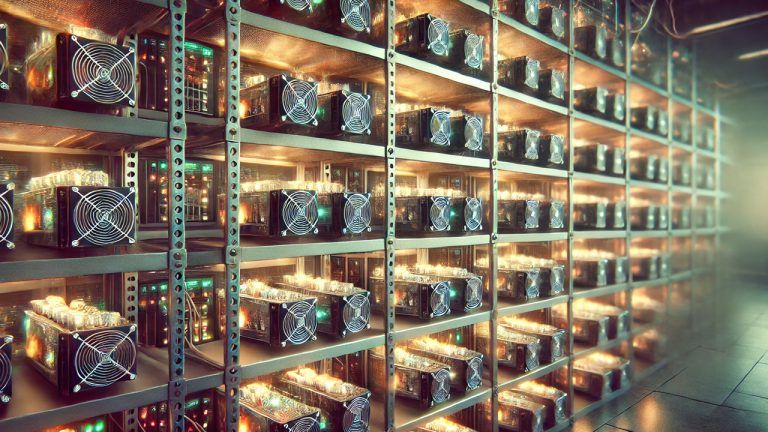
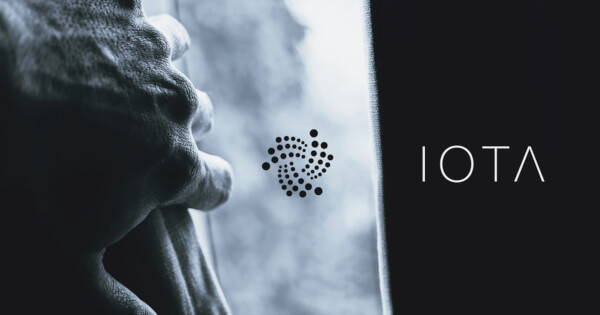
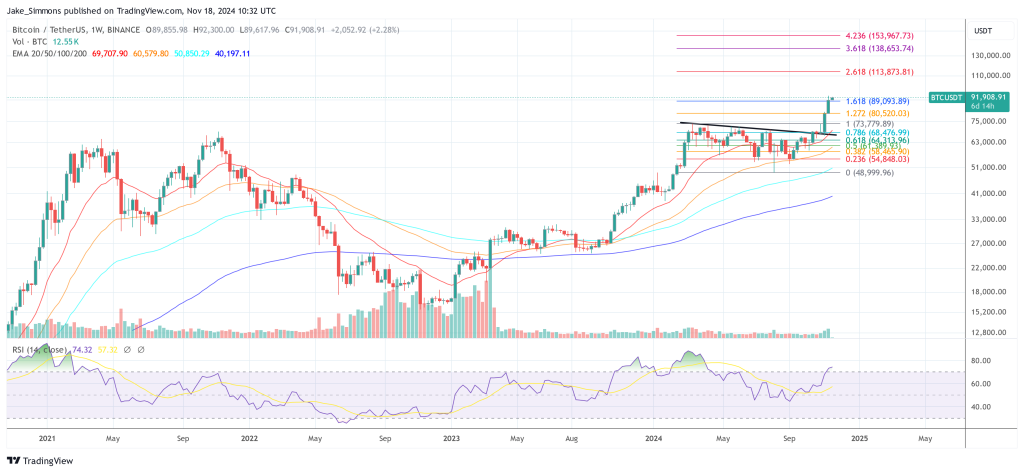

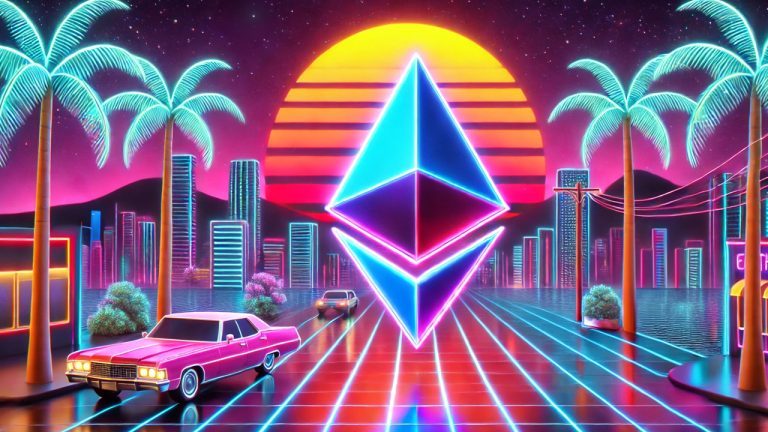

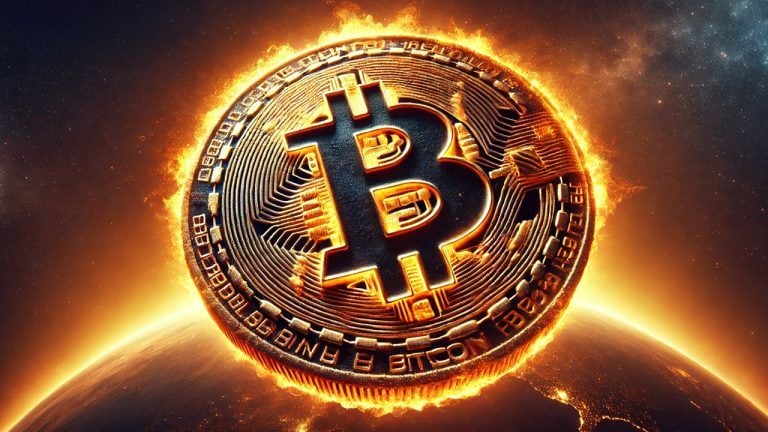

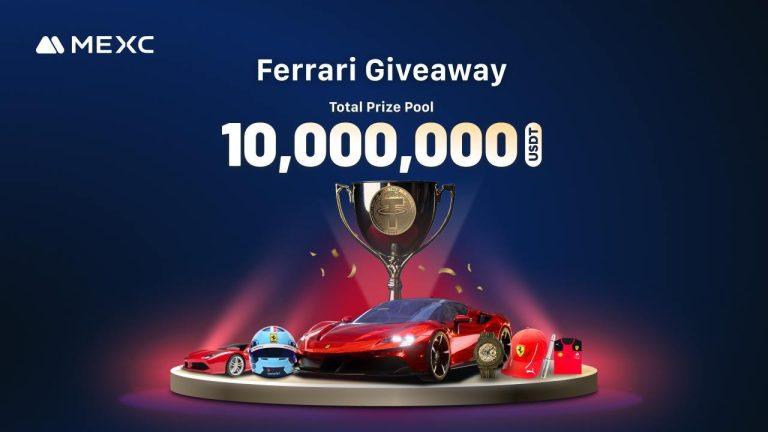
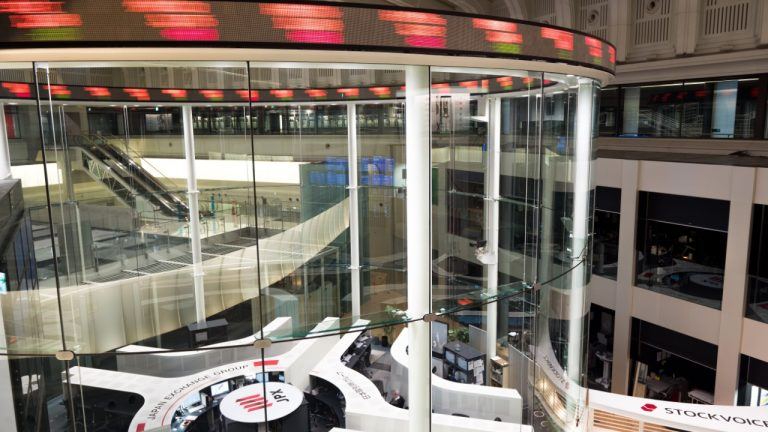

Comments